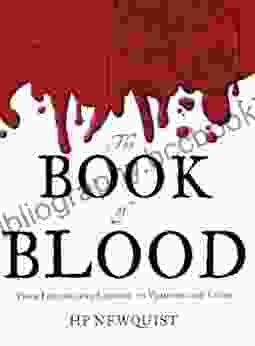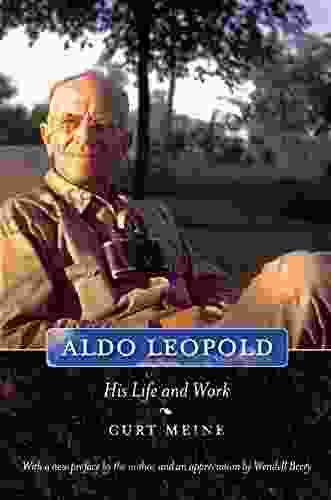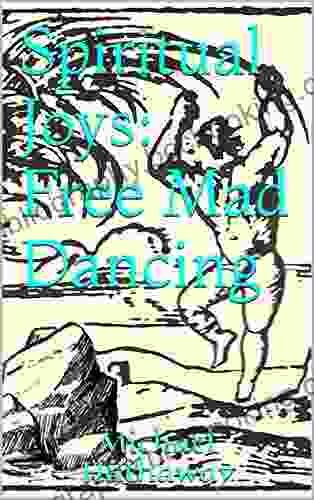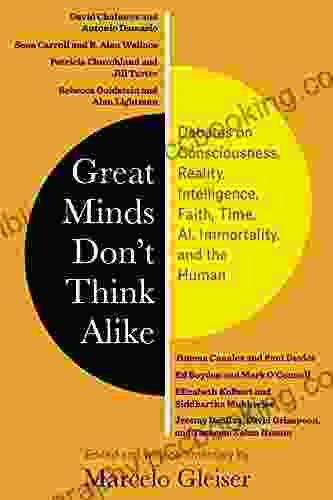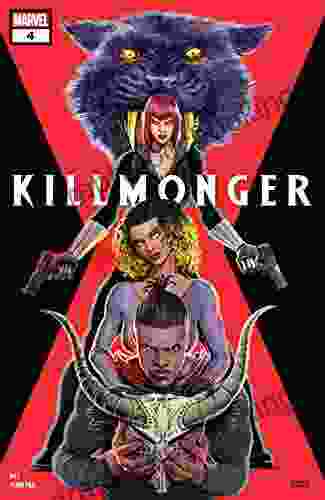From Legends And Leeches To Vampires And Veins: Unraveling the Intriguing World of Bloodletting

In the annals of medical history, bloodletting stands as a practice shrouded in mystery and intrigue. From its inception in ancient times to its prevalence in medieval medicine, bloodletting has played a pivotal role in shaping our understanding of the human body and the healing process.
4.4 out of 5
| Language | : | English |
| File size | : | 37087 KB |
| Text-to-Speech | : | Enabled |
| Screen Reader | : | Supported |
| Enhanced typesetting | : | Enabled |
| Word Wise | : | Enabled |
| Print length | : | 165 pages |
Origins in Ancient Beliefs
The roots of bloodletting can be traced back to ancient civilizations, where it was believed that an imbalance of bodily fluids, known as humors, led to illness. Blood, considered one of the four primary humors, was thought to be excessive or corrupted in various diseases. Removing blood through bloodletting was thus seen as a way to restore balance and promote healing.
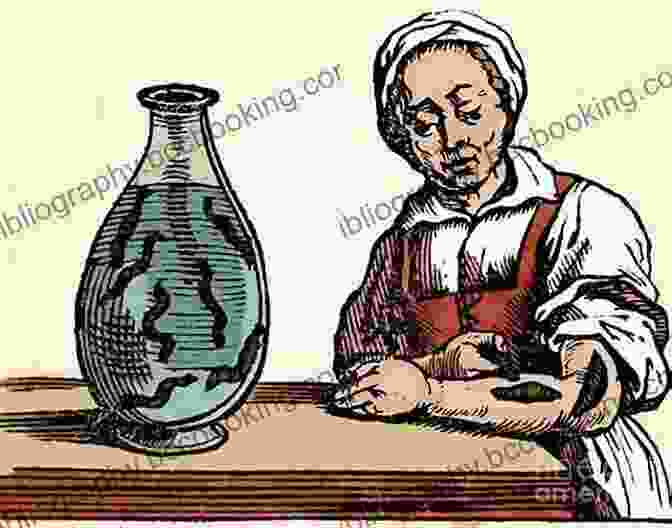
The Role of Leeches
In the early days of bloodletting, leeches were the primary tool used for drawing blood. These small, blood-sucking creatures were applied to the skin, where they would attach themselves and engorge with blood. Leeches were believed to have both medicinal and therapeutic benefits, and their use became widespread in both Europe and Asia.
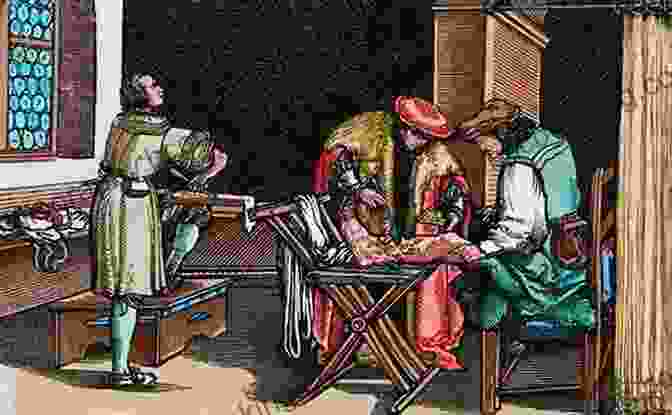
Bloodletting in Medieval Medicine
During the Middle Ages, bloodletting reached its peak of popularity as a medical practice. Physicians believed that it could cure a wide range of ailments, including fever, headaches, and even mental illness. The procedure was often performed multiple times, and large amounts of blood were drawn from the patient.
Despite its widespread use, bloodletting had its detractors. Critics argued that it weakened patients and could even be harmful. However, the practice continued to be widely employed until the advent of modern medicine in the 19th century.
Vampires and Veins: Literary and Cultural Influences
Bloodletting has also had a profound impact on literature and culture. The image of vampires, beings who feed on blood, has its roots in the practice of bloodletting. The association between bloodletting and vampires has been explored in countless works of fiction, from Bram Stoker's Dracula to Anne Rice's Vampire Chronicles.

The intricate network of veins in the human body has also been a source of fascination for artists and writers. In medical texts, veins are depicted with both accuracy and elegance, revealing the intricate beauty of the human anatomy.
Modern Medicine and the Legacy of Bloodletting
With the rise of scientific medicine in the 19th century, bloodletting gradually fell out of favor. However, its legacy continues to resonate in modern medicine. The discovery of bloodletting's harmful effects led to the development of safer and more effective medical treatments.
Today, bloodletting is rarely used in medical practice. However, its historical significance remains, serving as a reminder of the evolution of medical knowledge and the enduring impact of ancient beliefs on our understanding of the human body.
Embark on a Journey into the Captivating World of Bloodletting
From Legends And Leeches To Vampires And Veins is a comprehensive and engaging exploration of the fascinating world of bloodletting. Through a rich tapestry of historical accounts, literary references, and captivating imagery, this book will take you on an unforgettable journey through the ages. Discover the origins of bloodletting in ancient beliefs, witness its widespread use in medieval medicine, and explore its enduring legacy in literature and culture.
Whether you have a passion for medical history, are intrigued by the realm of the supernatural, or simply seek to unravel the mysteries of the human body, From Legends And Leeches To Vampires And Veins offers an immersive and enlightening experience.
Free Download your copy today and embark on a captivating adventure into the intriguing world of bloodletting.
4.4 out of 5
| Language | : | English |
| File size | : | 37087 KB |
| Text-to-Speech | : | Enabled |
| Screen Reader | : | Supported |
| Enhanced typesetting | : | Enabled |
| Word Wise | : | Enabled |
| Print length | : | 165 pages |
Do you want to contribute by writing guest posts on this blog?
Please contact us and send us a resume of previous articles that you have written.
 Book
Book Novel
Novel Page
Page Chapter
Chapter Text
Text Story
Story Genre
Genre Reader
Reader Library
Library Paperback
Paperback E-book
E-book Magazine
Magazine Newspaper
Newspaper Paragraph
Paragraph Sentence
Sentence Bookmark
Bookmark Shelf
Shelf Glossary
Glossary Bibliography
Bibliography Foreword
Foreword Preface
Preface Synopsis
Synopsis Annotation
Annotation Footnote
Footnote Manuscript
Manuscript Scroll
Scroll Codex
Codex Tome
Tome Bestseller
Bestseller Classics
Classics Library card
Library card Narrative
Narrative Biography
Biography Autobiography
Autobiography Memoir
Memoir Reference
Reference Encyclopedia
Encyclopedia Ignatia Broker
Ignatia Broker Ingrid Van Amsterdam
Ingrid Van Amsterdam Hunter Allen
Hunter Allen Inge Sargent
Inge Sargent Jack Cole
Jack Cole Rita Balducci
Rita Balducci Maurice J Thompson
Maurice J Thompson Isaac Deutscher
Isaac Deutscher Nick Kalyn
Nick Kalyn Ike Anya
Ike Anya Paul Merrett
Paul Merrett Jay Clarke
Jay Clarke J G Heck
J G Heck Idan Ravin
Idan Ravin J D Alt
J D Alt Ian Mcewan
Ian Mcewan Yi Wang
Yi Wang J L Williams
J L Williams Hugh Sinclair
Hugh Sinclair Lydia Reeder
Lydia Reeder
Light bulbAdvertise smarter! Our strategic ad space ensures maximum exposure. Reserve your spot today!
 Dalton FosterFollow ·18.4k
Dalton FosterFollow ·18.4k Bruce SnyderFollow ·15.8k
Bruce SnyderFollow ·15.8k Warren BellFollow ·17.2k
Warren BellFollow ·17.2k Juan ButlerFollow ·4.8k
Juan ButlerFollow ·4.8k Ethan MitchellFollow ·16.5k
Ethan MitchellFollow ·16.5k Billy FosterFollow ·12k
Billy FosterFollow ·12k Willie BlairFollow ·13.6k
Willie BlairFollow ·13.6k Edmund HayesFollow ·9.5k
Edmund HayesFollow ·9.5k

 Luke Blair
Luke Blair101 Amazing Facts About Australia: A Journey Through the...
A Literary Expedition Unveiling the Treasures...
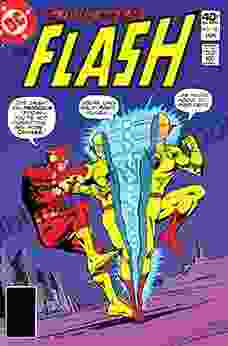
 Harry Hayes
Harry HayesWitness the Velocity and Legacy of the Scarlet Speedster:...
Delve into the Lightning-Charged...
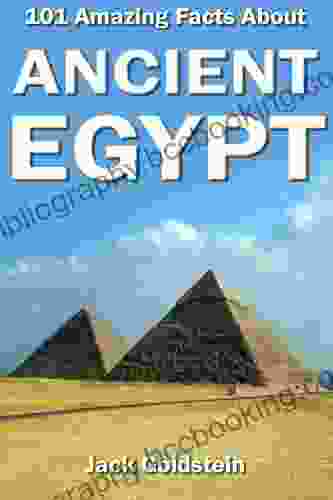
 Stan Ward
Stan Ward101 Amazing Facts About Ancient Egypt: Unraveling the...
: A Timeless Realm of Wonder Ancient Egypt, a...
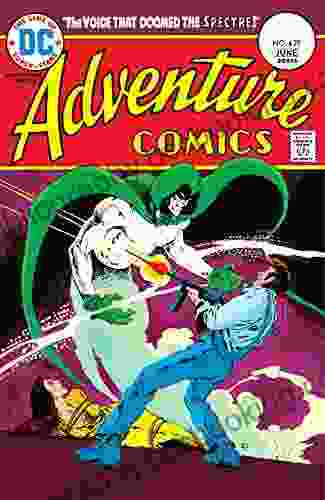
 Stephen King
Stephen KingEscape into Adventure: Unveil the Secrets of Adventure...
In the annals of comic book history,...
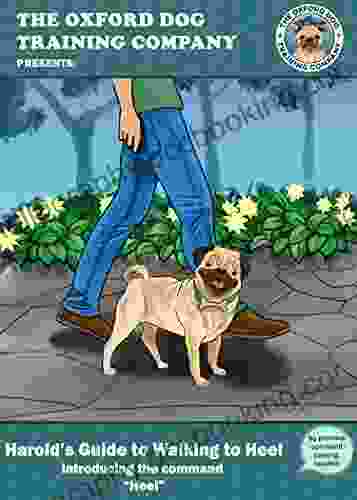
 Forrest Blair
Forrest BlairThe Oxford Dog Training Company Presents: A Holistic...
In the realm of dog...
4.4 out of 5
| Language | : | English |
| File size | : | 37087 KB |
| Text-to-Speech | : | Enabled |
| Screen Reader | : | Supported |
| Enhanced typesetting | : | Enabled |
| Word Wise | : | Enabled |
| Print length | : | 165 pages |


